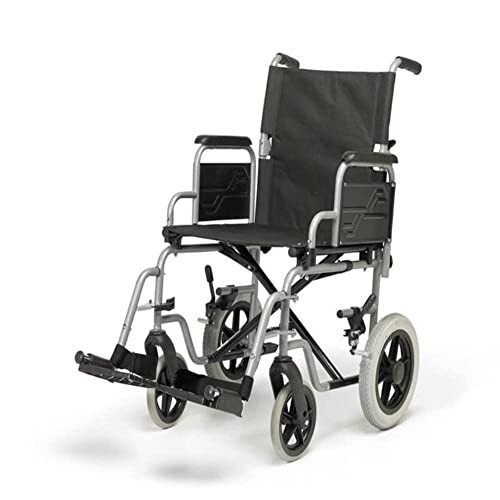Mobility Scooters: A Comprehensive Guide
Mobility scooters have ended up being a necessary mode of transport for lots of people facing mobility challenges. This article explores the numerous elements of mobility scooters, including their types, benefits, features, and a guide for potential buyers.
Understanding Mobility Scooters
Mobility scooters are electrically powered gadgets developed for individuals with minimal mobility. They offer a way of transportation for people who may have trouble strolling however still wish to retain their self-reliance. They can be found in numerous styles and functions to deal with a wide variety of requirements.
Types of Mobility Scooters
Mobility scooters can generally be classified into 3 primary types:
| Type | Description | Best For |
|---|---|---|
| Compact Scooters | These are small and lightweight, perfect for inside your home and short journeys. | Users with minimal storage space or those who take a trip typically. |
| Mid-size Scooters | A balance in between portability and stability, appropriate for both indoor and outside use. | Those who require to cover a variety of terrains. |
| Sturdy Scooters | Big and robust, created for rugged outside use and much heavier individuals. | Users requiring extra weight capacity or going off-road. |
Key Features of Mobility Scooters
The choice of mobility scooter typically depends on the features that align with private requirements. Here are a few of the crucial features to think about:
- Weight Capacity: Mobility scooters feature different weight limitations. It is important to pick a scooter that can adequately support the user's weight.
- Range: The distance a scooter can travel on a single charge differs. Depending on user needs, one might choose for scooters with a variety of approximately 40 miles.
- Speed: Most mobility scooters can reach speeds in between 4 to 8 mph. Consider what speed is comfortable and safe for the desired environment.
- Turning Radius: A compact turning radius is necessary for indoor use, enabling much easier navigation in tight spaces.
- Battery Type: The kind of batteries utilized can impact the scooter's performance. Lead-acid and lithium-ion batteries are the most typical.
Advantages of Using Mobility Scooters
The advantages of mobility scooters extend beyond simply transportation. Some key benefits include:
- Independence: Users can browse their environment without counting on caretakers, promoting independence and confidence.
- Health Benefits: Using a scooter can motivate outdoor activity, resulting in physical and mental health enhancements by reducing feelings of seclusion.
- Convenience: Scooters can quickly be operated in numerous environments, whether indoors, in shopping center, or outdoors.
Crucial Considerations When Buying a Mobility Scooter
When buying a mobility scooter, numerous considerations can help ensure that you choose the right design:
Assess Individual Needs:
- Mobility level: Consider how much assistance the person will require.
- Range of usage: Determine where the scooter will primarily be used (indoors, outdoors, on rough terrains, etc).
Test Drive:
- Always test drive several models to discover an appropriate fit. Take notice of convenience, ease of steering, and the scooter's responsiveness.
Review Safety Features:
- Look for scooters with adequate safety functions like lights, signs, and anti-tip styles.
Examine Warranty and Service Options:
- A reliable warranty and readily available service alternatives are vital for long-term use.
Frequently Asked Questions about Mobility Scooters
1. How quickly do mobility scooters go?Mobility scooters normally have speeds varying from 4 to 8 miles per hour, with a lot of created for safety instead of high-speed travel. 2. Exist weight restrictions on mobility scooters?Yes, mobility
scooters come with specific weight limitations, typically ranging from
250 lbs to over 500 pounds, depending on the model. 3. next page be utilized indoors?Certain designs, particularly compact scooters, are particularly created for
indoor usage and are easier to navigate in tight areas. 4. How often do the batteries need to be replaced?Battery life can differ based upon usage, however typically, with proper care, batteries might last between 1 to 3 years before requiring replacement
. 5. Are mobility scooters covered by insurance?Coverage can vary, however some insurance coverage strategies, consisting of Medicare and Medicaid, may cover part of the expense. It's suggested to consult individual insurance coverage suppliers. Mobility scooters function as a
valuable tool for numerous people, allowing them to maintain
their freedom and self-reliance. By understanding the different types and features of mobility scooters, people can make informed choices tailored to their specific requirements.
Whether used for errands, mingling, or leisurely activities, mobility scooters can enhance the quality of life for those with mobility constraints. Investing in a mobility scooter is a choice that can significantly affect an individual's daily life. Therefore, individuals need to carefully assess their choices and choose a design that best aligns with their lifestyle and mobility requirements
.

